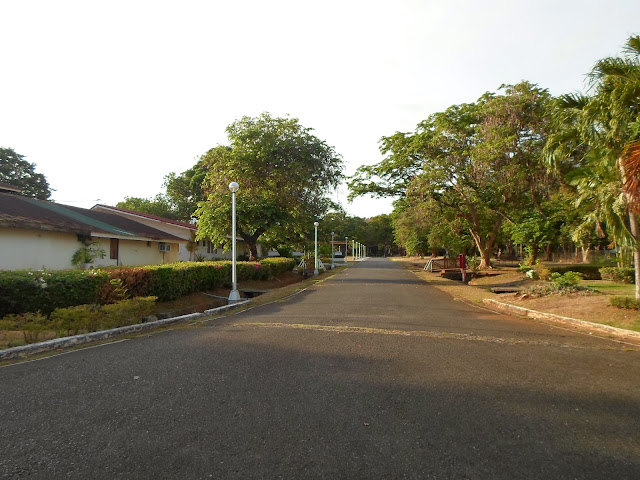April 26 to 28
Pangasinan is a province of the Republic of the Philippines. The provincial capital isLingayen. Pangasinan is located on the western area of the island of Luzon along theLingayen Gulf and South China Sea. It has a total land area of 5,451.01 square kilometres (2,104.65 sq mi).[1] According to the 2010 census, it has a population of 2,779,862 people.[2] The official number of registered voters in Pangasinan is 1,651,814.[3]
Pangasinan is the name for the province, the people, and the primary language spoken in the province. Indigenous Pangasinan speakers are estimated to number at least 1.5 million. The Pangasinan language is one of the officially recognized regional languages in the Philippines. Pangasinan is spoken as a second-language by many of the ethnic minorities in Pangasinan. The minority ethnic groups in Pangasinan are the Bolinao,Tagalog and Ilocano.
The name Pangasinan means "place for salt" or "place of salt-making"; it is derived from the prefix pang, meaning "for", the root word asin, meaning "salt”, and suffix an, signifying "location." The province is a major producer of salt in the Philippines. Its major products include "bagoong" ("salted-fish") and "agamang" ("salted-shrimp")
Pangasinan was founded by Austronesian-speakers who called themselvesAnakbanwa by at least 2500 BC. A kingdom called Luyag na Kaboloan existed in Pangasinan before the Spanish conquest that began in the 15th century. The ancient Pangasinan people were skilled navigators and the maritime trade network that once flourished in ancient Southeast Asia connected Pangasinan with other peoples ofSoutheast Asia, India, China, and the Pacific.
Popular tourist attractions in Pangasinan include the Hundred Islands National Parkand the white-sand beaches of Bolinao and Dasol. Dagupan City is known for itsBangus Festival ("Milkfish Festival"). Pangasinan is also known for its delicious mangoes and ceramic oven-baked Calasiao puto ("rice muffin").
Pangasinan occupies a strategic geo-political position in the central plain of Luzon, known as the rice granary of the Philippines. Pangasinan has been described as a gateway to northern Luzon and as the heartland of the Philippines.
Source: Wikepedia
Sual, Pangasinan
From Labrador Pangasinan to Hundred Island (Alaminos)










































































